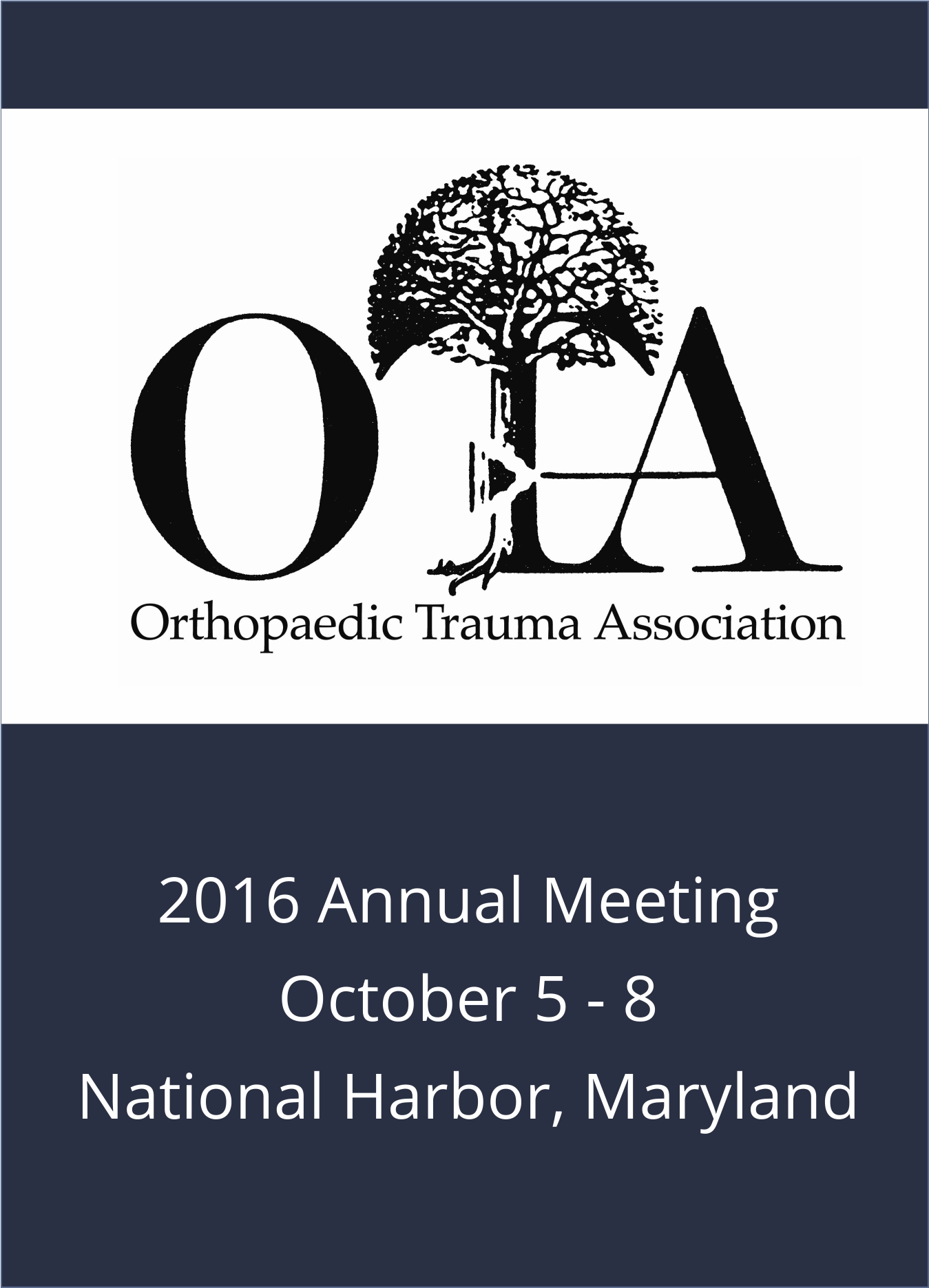
OTA 2016: Suture endobutton versus syndesmotic screw for syndemosis injury

OTA 2016: Suture endobutton versus syndesmotic screw for syndemosis injury
Better clinical and radiographic outcomes with suture endobutton compared to syndesmotic screw in treatment of syndesmotic injuries: a randomized controlled trial
Did you know you're eligible to earn 0.5 CME credits for reading this report? Click Here
CONFERENCE ACE REPORTS
This ACE Report is a summary of a conference presentation or abstract. The information provided has limited the ability to provide an accurate assessment of the risk of bias or the overall quality. Please interpret the results with caution as trials may be in progress and select results may have been presented.
Synopsis
97 patients with either an isolated syndesmotic injury or concomitant with an AO/OTA type 44C ankle fracture were randomized to syndesmotic stabilization with either a suture endobutton device or a syndesmotic screw. Outcomes included the American Orthopaedic Foot & Ankle Society (AOFAS) ankle-hindfoot score, Olerud-Molander score, ankle dorsiflexion and CT-assessed tibifibular distance of the ope...
To view the full content, login to your account,
or start your 30-day FREE Trial today.
FREE TRIAL
LOGIN
Forgot Password?
Explore some of our unlocked ACE Reports below!

Learn about our AI Driven
High Impact Search Feature
Our AI driven High Impact metric calculates the impact an article will have by considering both the publishing journal and the content of the article itself. Built using the latest advances in natural language processing, OE High Impact predicts an article’s future number of citations better than impact factor alone.
Continue



 LOGIN
LOGIN

Join the Conversation
Please Login or Join to leave comments.